For decades, people have been told to brush their teeth twice a day — morning and night. But one question continues to spark debate even among dental experts: should you floss before or after brushing? While both habits are essential, recent research and expert opinions suggest that the order might make a difference in how effectively you protect your teeth and gums.
Why Flossing Matters More Than You Think
Flossing isn’t just a finishing touch — it’s a critical part of oral hygiene. Toothbrushes clean the outer surfaces of teeth, but the tight spaces between them often trap food particles and bacteria. These areas, if left uncleaned, become breeding grounds for plaque — a sticky biofilm that hardens into tartar and leads to gum disease, cavities, and bad breath.
Dentists agree that brushing alone only reaches about 60% of the tooth’s surface. The remaining 40% lies between teeth, accessible only through flossing or other interdental cleaners. That means skipping flossing leaves nearly half your mouth vulnerable to decay.
The Case for Flossing Before Brushing
Newer studies show that flossing before brushing might be slightly more effective than doing it afterward. Here’s why:
- It removes hidden debris first.
Flossing loosens and clears out food particles and plaque from tight spaces. When you brush afterward, fluoride from your toothpaste can reach those freshly cleaned areas more easily. - Better fluoride absorption.
After flossing, brushing allows fluoride to coat and strengthen enamel in areas that were previously blocked by plaque or buildup. - Cleaner overall mouthfeel.
Many patients report their mouth feels fresher and cleaner when they floss first — and they’re less likely to skip flossing altogether since it becomes part of a consistent routine.
While the difference isn’t dramatic, it’s meaningful enough that many dentists now recommend the “floss-first” approach as the more efficient order.
Technique Matters More Than Timing
Even the best routine can fall short if done incorrectly. Proper flossing technique is key:
- Use 18 to 24 inches of dental floss, winding most of it around your middle fingers.
- Hold a small section tightly between your thumbs and index fingers.
- Gently slide the floss between your teeth — don’t snap it down.
- Curve it into a C shape against each tooth and move it up and down along the side.
- Don’t forget to go beneath the gumline — gently, without forcing it.
When brushing, spend at least two full minutes covering all surfaces of the teeth, including the gumline and tongue. Use a soft-bristled brush and fluoride toothpaste. Replace your brush every three to four months or sooner if the bristles fray.
The Role of Mouthwash
After brushing and flossing, using an antimicrobial or fluoride mouthwash can offer an added layer of protection. Mouthwash helps reach spots your brush and floss might have missed and reduces bacteria that cause plaque, gingivitis, and bad breath.
If your toothpaste contains fluoride, dentists recommend waiting a few minutes before rinsing to allow the fluoride to better absorb into your enamel.
Common Myths About Flossing
- “Flossing makes my gums bleed, so I should stop.”
Wrong. Bleeding gums usually indicate inflammation from plaque buildup. Consistent, gentle flossing helps reduce bleeding over time as gums become healthier. - “Flossing isn’t necessary if I use a water flosser.”
Water flossers are excellent supplements, but traditional floss or interdental brushes are still the most effective for removing sticky plaque film. - “Brushing harder cleans better.”
In fact, brushing too hard can wear down enamel and irritate gums. Gentle, consistent brushing works best.
How Skipping Flossing Affects Your Health
Poor oral hygiene doesn’t just lead to cavities — it’s linked to broader health issues, including heart disease, diabetes complications, and respiratory infections. Inflammation from gum disease can spread bacteria into the bloodstream, putting strain on the body’s immune and cardiovascular systems.
Regular brushing and flossing help control bacteria, reduce inflammation, and support not only oral health but overall well-being.
Creating a Routine That Works
Consistency is the secret to success. Here’s a simple, dentist-approved daily routine:
- Floss first to remove trapped food and plaque.
- Brush thoroughly with fluoride toothpaste for two minutes.
- Rinse with mouthwash to kill bacteria and freshen breath.
- Repeat twice daily, morning and night.
For children and teens, supervision is important to ensure they’re learning proper technique early on.
The Bottom Line
Whether you choose to floss before or after brushing, what truly matters is that you do both every day. Flossing before brushing gives fluoride more access to enamel, while brushing first can help remove surface debris. Either way, maintaining a consistent routine will protect your teeth, gums, and long-term health.
So the next time you pick up your toothbrush, don’t forget the tiny spool of floss beside it — your smile will thank you for it.





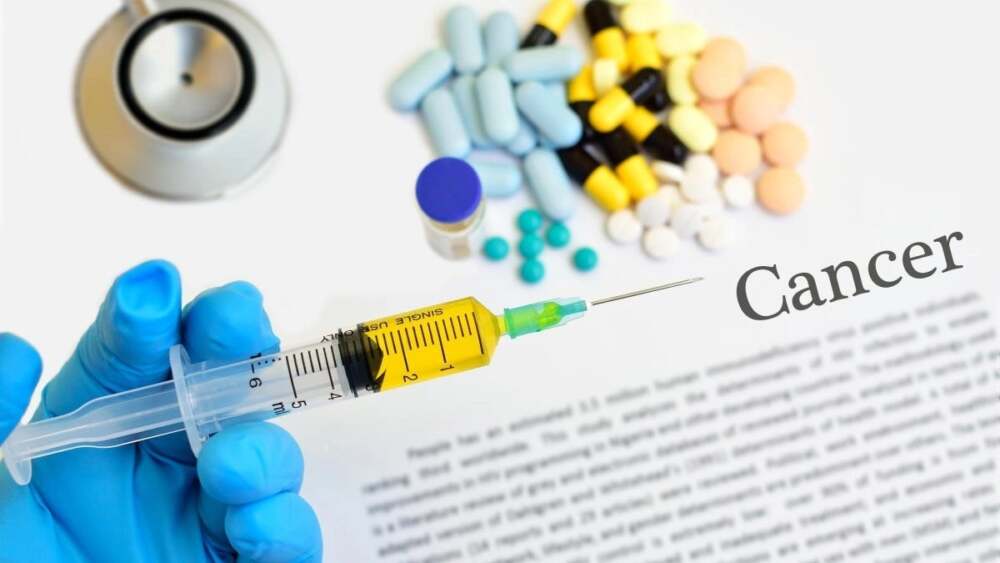

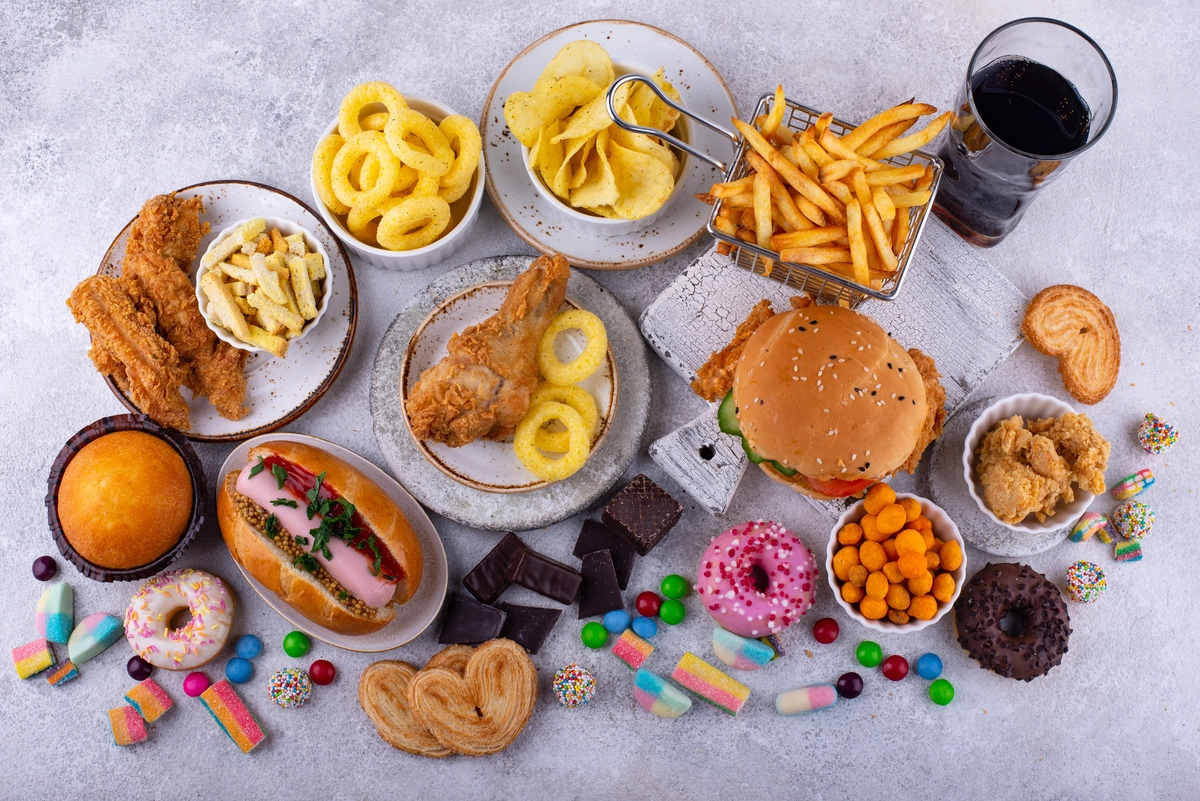
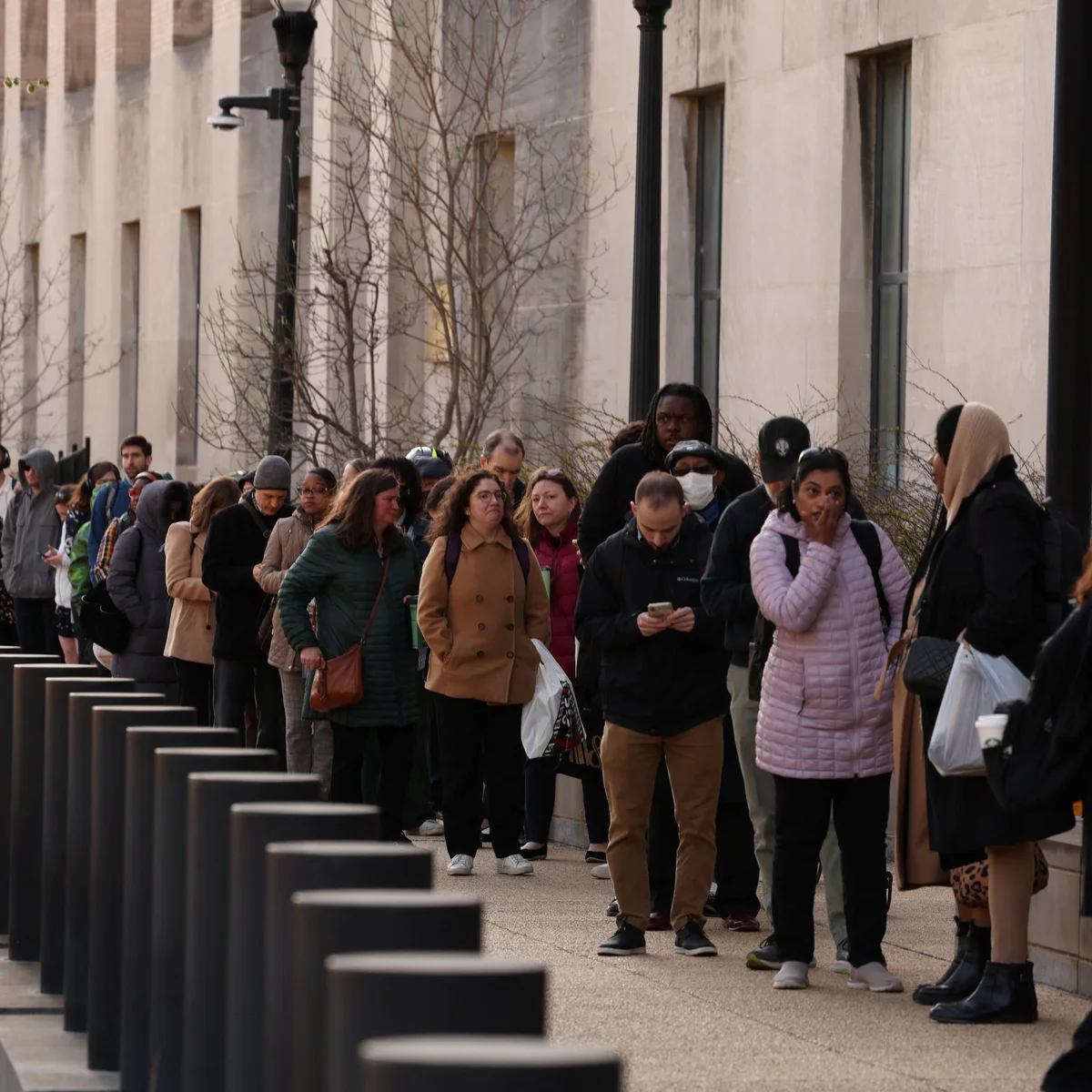

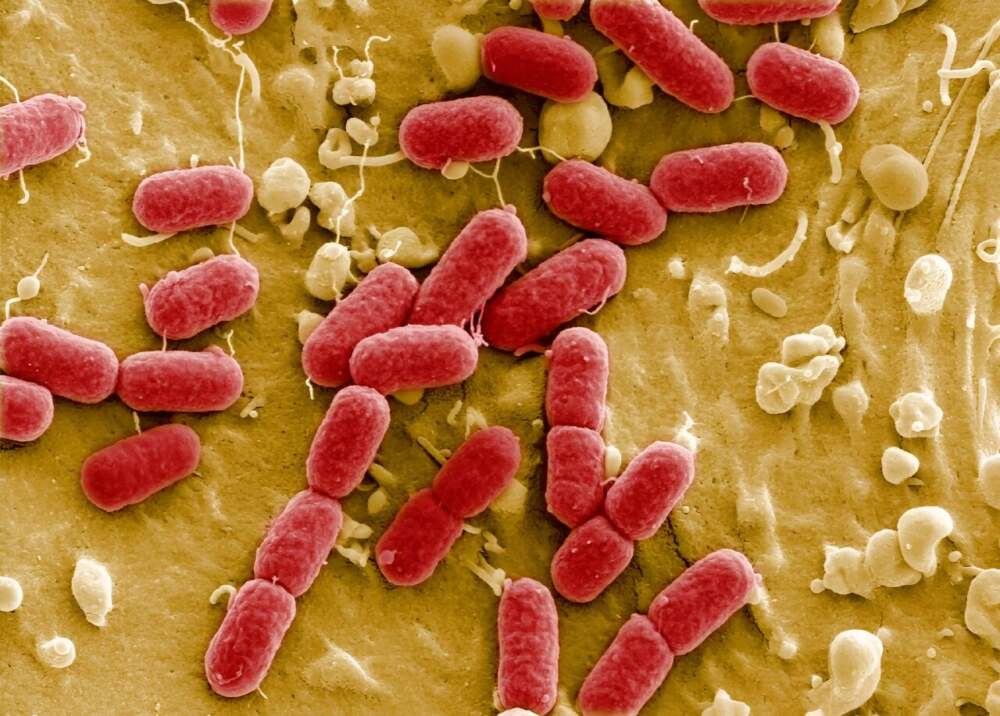
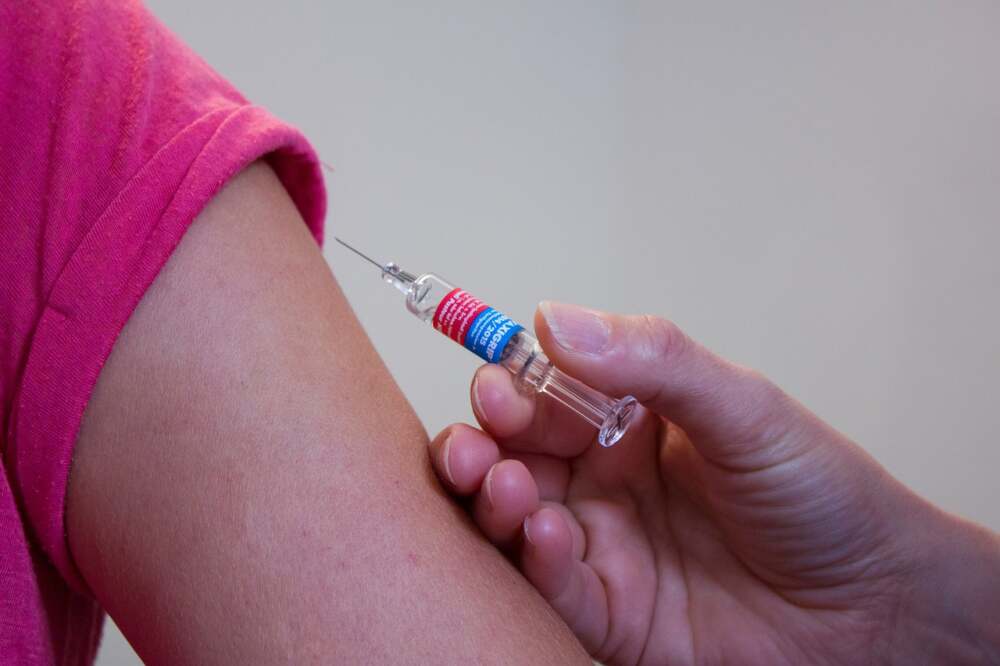
Leave a Reply